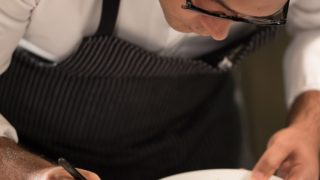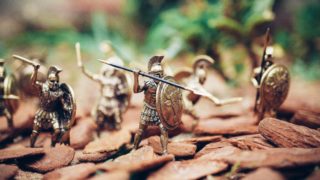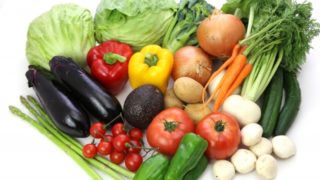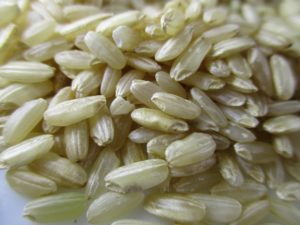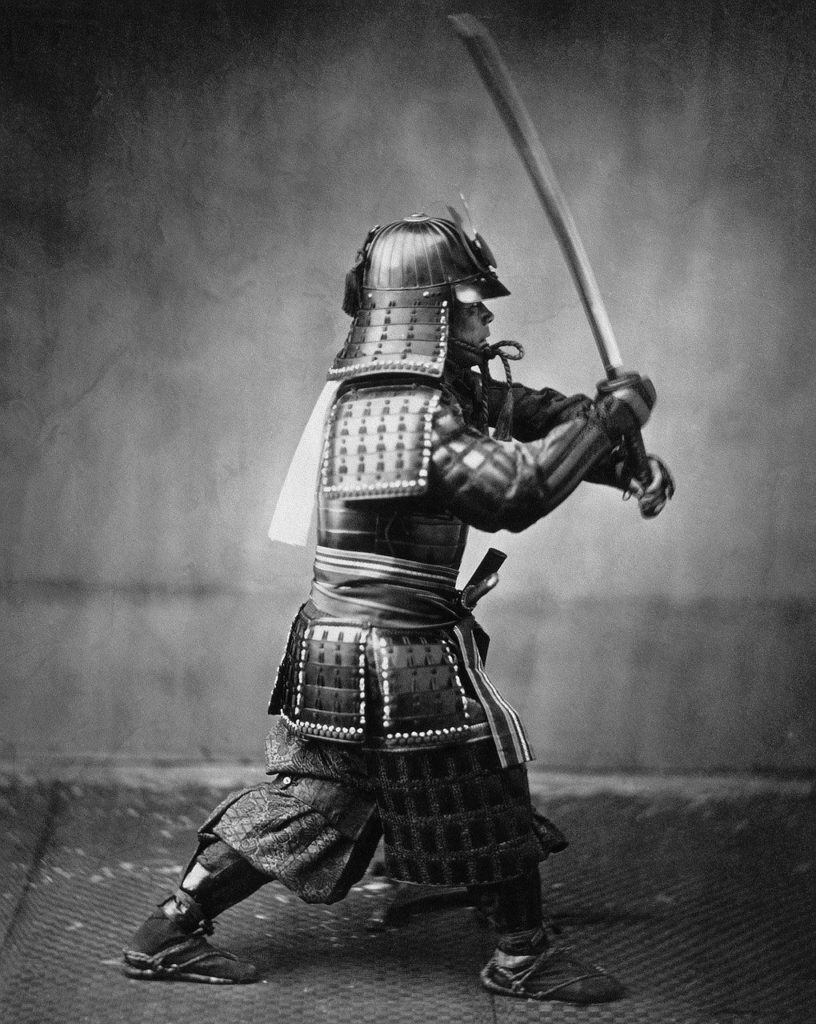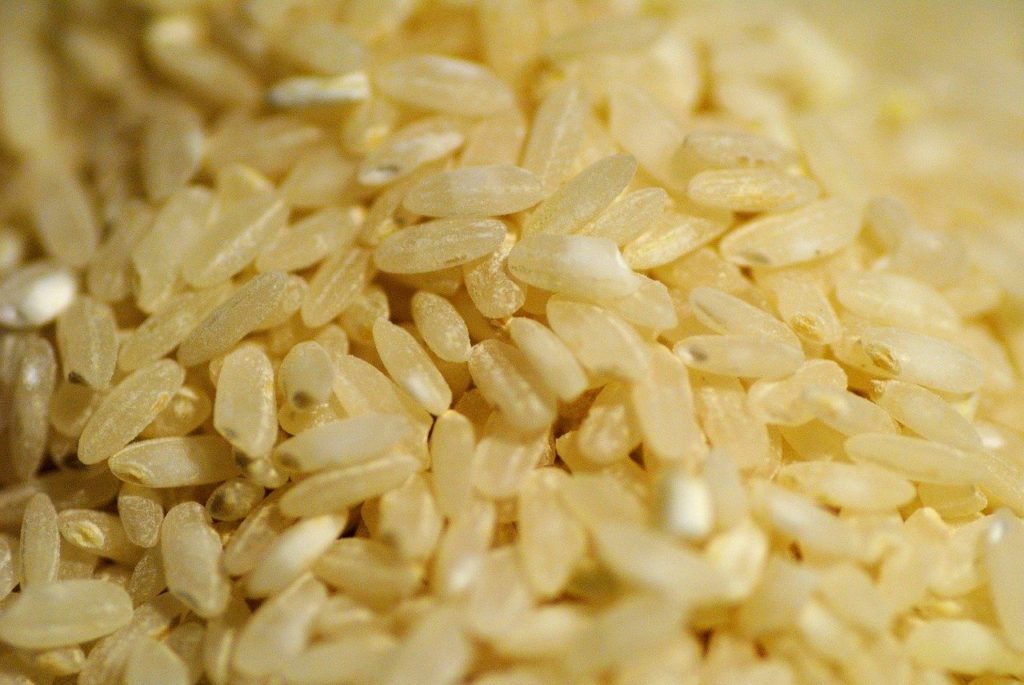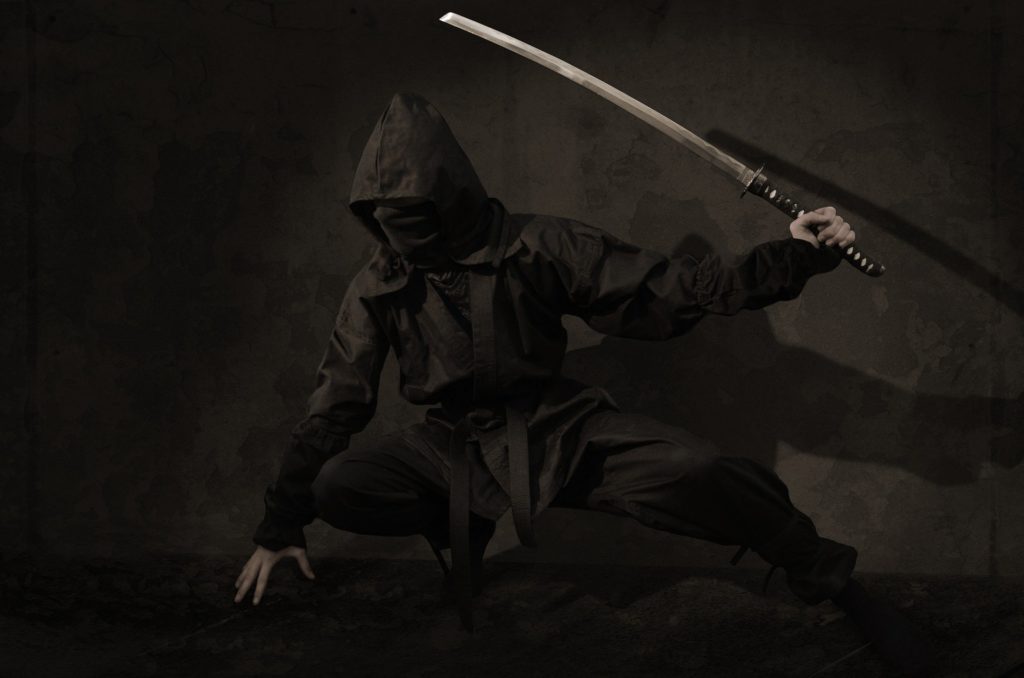Samurai and Ninja’s daily diet
I was blessed with the opportunity to visit an overseas food maker, and in the midst of chatting, I talk about samurai and ninja. According to a questionnaire survey, the recognition of Samurai abroad is 95% or more, and it is already a universal language. Samurai and ninja are very popular overseas due to the influence of movies and anime. By the way, if you think about Japanese history, what kind of diet did samurai and ninjas at that time have?
Meals during the Warring States period are twice a day, morning and afternoon. Samurai, which is not very high-ranking, has one soup and one dish as its basic content, and it has a large amount of grains such as brown rice and millet . The soup becomes miso soup or salt soup, which is often eaten with rice. There are various side dishes such as vegetables, seaweed, pickled plums, pickles, pheasant meat, dried fish and tofu, but it seems that there were many side dishes without side dishes. For the samurai, brown rice, miso soup, and side dish meals could have been a treat.
Because brown rice contains vitamin B1 necessary for carbohydrates to become an energy source, we were able to prevent the condition of beriberi, which causes numbness and swelling in the legs.
Also, samurai often move their bodies, so they prefer strong seasonings, and seasonings such as salt and miso are active.
It seems that there aren’t many records about Ninja. However, it is speculated that they used to eat grains such as brown rice, miso soup, and vegetables, as with samurai.
How to eat during the battle
Before the start, the lord will serve the samurai with white rice, miso, delicacy of the mountain sea, and sake. Poor samurai sometimes joined with their families to keep up with their meals.
Samurai will prepare a carry-on meal for the battle. These portable foods were carried around by hanging them on the waist.
The contents of the carry-on meal vary depending on the area.
・dried boiled rice
After rice and other grains are cooked, they are dried to improve their storage stability and used as portable food. At meal time, eat with soup.
・Hyorogan
Hyorogan is made by kneading rice, buckwheat flour, dough, soybean flour, honey, sugar, etc., and rolling it. The sugars contained in rice flour and buckwheat flour are decomposed into glucose in the body and serve as an energy source. Ninja also carried Hyorogan and was active. In modern times, Hyorogan may be used as an emergency food in times of disaster.
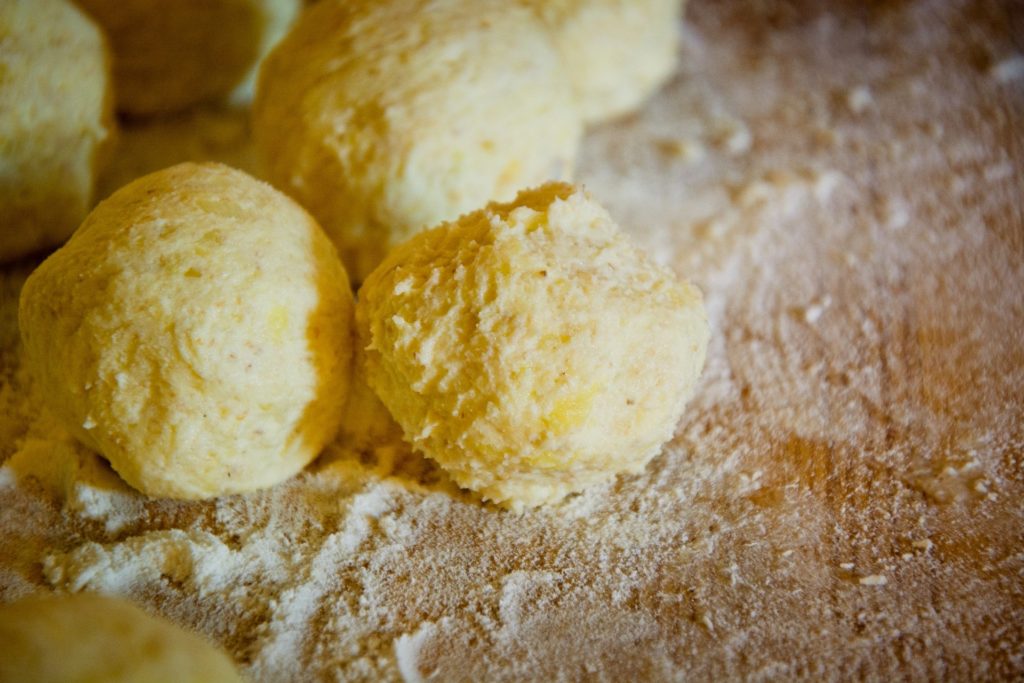
・Miso balls
Miso and grated ginger and sake are mixed and baked. It dissolves in water to make miso soup or eat as it is.
・Taro stem rope
The stem of taro is boiled with miso soup and then dried into a rope. You can carry it around your waist and eat it as it is.
How to make a ready-to-eat Hyorogan
Add 150 g of rice which have 252 kcal in a bowl. When converted to brown rice, the calories are 97%, which is 244 kcal. Samurai and ninja would have eaten brown rice twice a day for 10 teacups, or 2,440 kcal of brown rice alone. The energy required for a Japanese man aged 18 to 49 a day was 2,650 kcal, and most of this calorie may have been obtained from brown rice.
We have devised a recipe using raw materials that can be easily procured Hyorogan now. Divide one day into three meals in breakfast, lunch and dinner. And you will be able to survive a tough job just by eating.
- Raw materials and compounding amount (1 day)
| Raw material name | Mixing amount (g) | Calories (kcal) |
| Brown rice flour | 159 | 556.5 |
| Buckwheat | 159 | 572.4 |
| Soybean flour | 159 | 699.6 |
| Sugar | 159 | 620.1 |
| Total | 636 | 2448.6 |
- How to make
1 Weigh the raw materials, put in a bowl and mix.
2 Add water little by little and knead.
3 Round to a size that is easy to eat.
4 Put in a steamer and steam for about 30 minutes.
Note that lotus seeds, yams, and cinnamon may be added to ninja.
Summary
Samurai and Ninja have two meals, morning and afternoon. The content of the meal is basically one soup and one dish, and the amount of miscellaneous grains such as brown rice and millet is large, and they eat 5 teacups per meal. The soup becomes miso soup or salt soup, which is often eaten with rice. There are various side dishes such as vegetables, seaweed, dried plums, pickles, pheasant meat, dried fish and tofu.
The representative food carried during the battle is Hyorogan. Hyorogan is made by kneading rice, buckwheat flour, wheat, soybean flour, honey, sugar, etc., and rolling it.
Nowadays, you can easily eat meals anywhere, but in case of a disaster, why not come up with a unique family-friendly Hyorogan? Food manufacturers may also trigger the development of emergency food.

